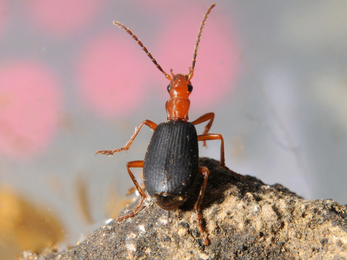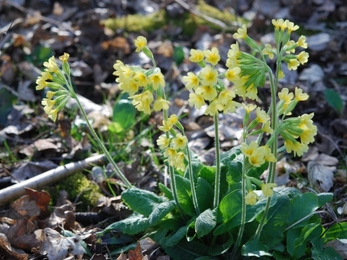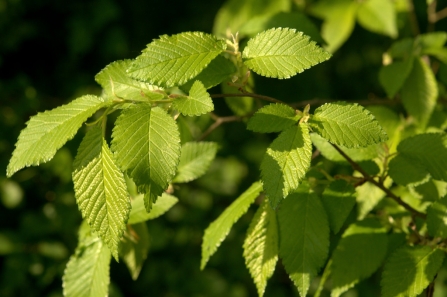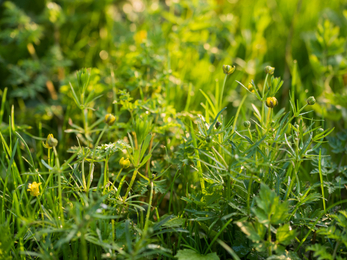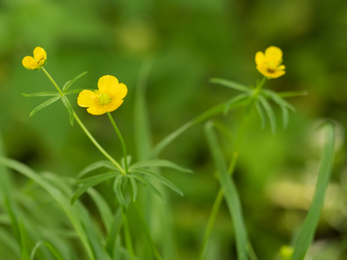Over the last 20 years, not only have we utilised research and evidence in order to inform our approach to conservation, but we have also actively encouraged and supported study and research gathering of all kinds.
We have developed our own monitoring and research team, maintained one of the richest programmes of training workshops in species identification, ecology and management skills for our volunteers, and helped set up and support our three local Biological Records Centres. We have a strong tradition of education, outreach, training and work placements for all ages, from the under-fives all the way up to Masters and even PhD students, many of whom have worked with us, using our reserves for their research and answering ecological questions which can improve our management.
Some of our reserves, such as Flitwick Moor and the Great Fen, have benefited from inter-connected series of studies. Other reserves have been the base for long-term studies of individual species which informs our understanding of species ecology and the health of the environment - from understanding the energy use of breeding birds in our woodlands, to measuring the carbon flux of peat soils in the fens.


